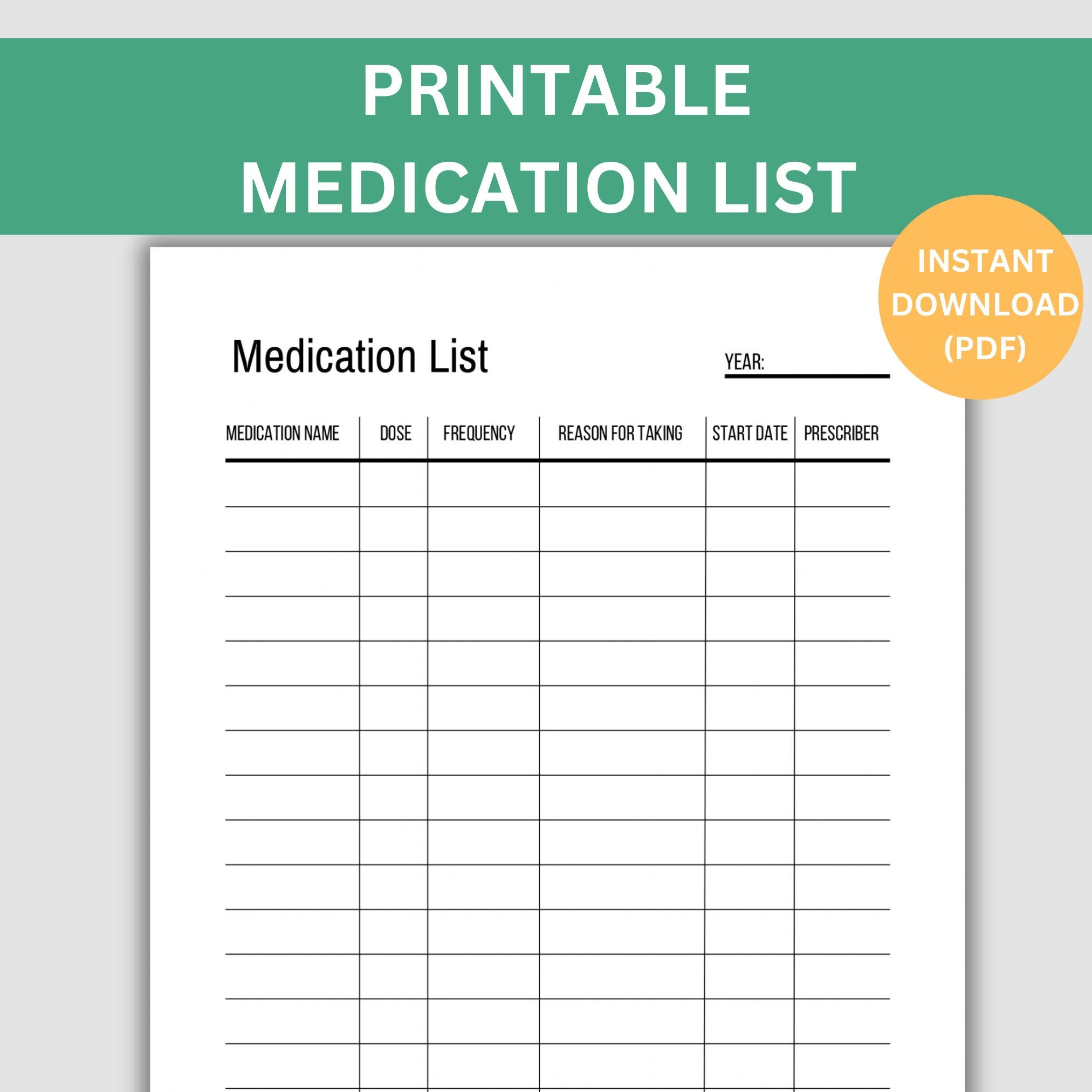Ph Levels: Simple Calculation Guide For Beginners

Understanding pH levels is crucial in various fields, including chemistry, biology, and environmental science. The pH scale measures how acidic or basic a solution is, with a range of 0 to 14. A pH of 7 is considered neutral, while values below 7 indicate acidity and values above 7 indicate basicity. In this article, we will delve into the world of pH levels, providing a simple calculation guide for beginners.
Introduction to pH Levels

The concept of pH was first introduced by Danish chemist Søren Sørensen in 1909. The term “pH” is derived from the German word “potenz,” meaning power, and “H,” which represents the concentration of hydrogen ions. The pH scale is a logarithmic scale, meaning that each step up or down the scale represents a tenfold change in the concentration of hydrogen ions. For example, a solution with a pH of 6 is ten times more acidic than a solution with a pH of 7.
pH Calculation Basics
To calculate pH, we need to understand the relationship between the concentration of hydrogen ions (H+) and hydroxide ions (OH-). The product of the concentrations of these ions is constant at a given temperature, and this constant is known as the water dissociation constant (Kw). At 25°C, Kw is approximately 1.0 x 10^-14. The pH can be calculated using the formula: pH = -log[H+], where [H+] is the concentration of hydrogen ions in moles per liter (M).
| pH Value | Hydrogen Ion Concentration (M) |
|---|---|
| 0 | 1.0 x 10^0 |
| 1 | 1.0 x 10^-1 |
| 2 | 1.0 x 10^-2 |
| 3 | 1.0 x 10^-3 |
| 4 | 1.0 x 10^-4 |
| 5 | 1.0 x 10^-5 |
| 6 | 1.0 x 10^-6 |
| 7 | 1.0 x 10^-7 |
| 8 | 1.0 x 10^-8 |
| 9 | 1.0 x 10^-9 |
| 10 | 1.0 x 10^-10 |
| 11 | 1.0 x 10^-11 |
| 12 | 1.0 x 10^-12 |
| 13 | 1.0 x 10^-13 |
| 14 | 1.0 x 10^-14 |

Practical Applications of pH Levels

pH levels have numerous practical applications in various fields. In chemistry, pH is used to determine the acidity or basicity of a solution. In biology, pH is crucial for understanding the optimal conditions for enzyme activity and protein stability. In environmental science, pH is used to monitor the quality of water and soil. For example, a pH range of 6.5-8.5 is considered suitable for most aquatic life, while a pH range of 5.5-7.5 is suitable for most plants.
pH Measurement Techniques
There are several techniques for measuring pH, including the use of pH meters, pH paper, and pH electrodes. pH meters are the most accurate method, providing a digital readout of the pH value. pH paper is a simple and inexpensive method, but it is less accurate than pH meters. pH electrodes are used in conjunction with pH meters to provide a more accurate measurement.
- pH meters: provide a digital readout of the pH value
- pH paper: a simple and inexpensive method, but less accurate than pH meters
- pH electrodes: used in conjunction with pH meters to provide a more accurate measurement
Common pH-Related Challenges and Solutions
There are several common challenges related to pH levels, including the need for accurate measurement, the importance of maintaining optimal pH ranges, and the potential for pH-related damage to equipment and the environment. To address these challenges, it is essential to use accurate measurement techniques, maintain optimal pH ranges, and implement pH-related safety protocols.
pH-Related Safety Protocols
pH-related safety protocols include the use of personal protective equipment (PPE), such as gloves and goggles, when handling acidic or basic solutions. It is also essential to follow proper handling and storage procedures for these solutions to prevent accidents and environmental damage.
- Use PPE, such as gloves and goggles, when handling acidic or basic solutions
- Follow proper handling and storage procedures for acidic and basic solutions
- Implement pH-related safety protocols to prevent accidents and environmental damage
What is the pH scale?
+The pH scale is a logarithmic scale that measures the acidity or basicity of a solution, with a range of 0 to 14.
How do I calculate pH?
+pH can be calculated using the formula: pH = -log[H+], where [H+] is the concentration of hydrogen ions in moles per liter (M).
What are the practical applications of pH levels?
+pH levels have numerous practical applications in various fields, including chemistry, biology, and environmental science.
How do I measure pH?
+There are several techniques for measuring pH, including the use of pH meters, pH paper, and pH electrodes.
What are the common pH-related challenges and solutions?
+Common pH-related challenges include the need for accurate measurement, the importance of maintaining optimal pH ranges, and the potential for pH-related damage to equipment and the environment. Solutions include using accurate measurement techniques, maintaining optimal pH ranges, and implementing pH-related safety protocols.



